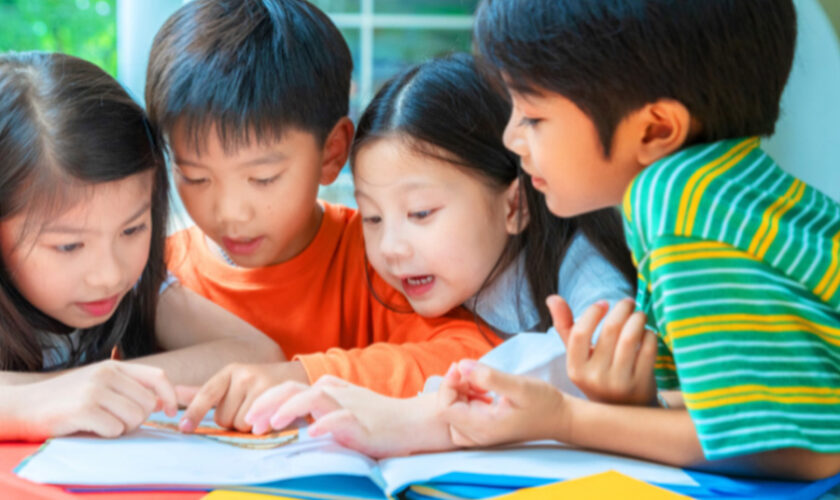Bilingual education in preschools is increasingly recognised for its role in enhancing cognitive development, cultural awareness, and language proficiency among young children. This guide provides comprehensive insights and practical steps for preschools looking to adopt or enhance bilingual education initiatives.
Bilingual Education in Preschools
Bilingual education integrates the learning of two languages within the educational framework, aiming to develop fluency in both languages while fostering cultural appreciation and communication skills from an early age. It goes beyond language acquisition to include cognitive benefits such as enhanced problem-solving abilities and creativity. Research indicates that bilingual children often demonstrate greater cognitive flexibility and metalinguistic awareness compared to their monolingual peers.
Key Elements of Implementing Bilingual Education
Curriculum Development:
Developing a robust bilingual curriculum is foundational to a successful program. This involves integrating language learning with play-based activities and age-appropriate learning experiences. By embedding language acquisition into everyday routines and thematic units, preschools can create meaningful contexts for children to use and practise their language skills.
Teacher Training and Professional Development:
Equipping educators with the necessary skills and knowledge is crucial for effective bilingual instruction. Professional development programs should focus on language teaching methodologies, strategies for supporting language development across different proficiency levels, and culturally responsive practices. Ongoing training ensures that teachers can create supportive learning environments where language learning is engaging and effective.
Creating a Language-Rich Environment:
Immersing children in a language-rich environment is essential for fostering language proficiency and cultural understanding. Preschools can enhance language learning by using bilingual books, visual aids, and multimedia resources that reflect diverse cultural perspectives. Language-rich classrooms encourage children to communicate, collaborate, and problem-solve in both languages, promoting holistic development.
Parent and Community Engagement:
Engaging parents and the community is critical for supporting children’s bilingual development in bilingual childcare. Schools should involve parents in language-learning activities and provide resources for promoting language use at home. Community partnerships can enrich the bilingual experience through cultural events, guest speakers, and collaborative projects that celebrate linguistic diversity and promote cross-cultural understanding.
Resource Allocation and Sustainability:
Implementing and maintaining a bilingual program requires adequate resources and support. Schools need to allocate funds for bilingual materials, technology resources, and professional development opportunities for teachers. Investing in sustainable practices ensures the longevity and effectiveness of the bilingual program, benefiting current and future cohorts of students.
Maintaining Language Balance:
Achieving and maintaining a balance between languages is essential to ensure equitable language development among students. Schools should regularly assess language proficiency levels and adjust instructional strategies as needed to support students’ linguistic growth. By monitoring language outcomes and adapting curriculum frameworks, educators can tailor instruction to meet the diverse needs of bilingual learners.
Addressing Challenges:
Implementing bilingual education may present challenges such as logistical constraints, varying language proficiency levels among students, and addressing cultural sensitivities. Schools should proactively address these challenges by fostering a supportive and inclusive learning environment where all students feel valued and supported in their language learning journey.
Educating Stakeholders:
Educating parents, caregivers, and stakeholders about the benefits of bilingual education is essential for garnering support and promoting program success. Clear communication about language acquisition milestones, cultural enrichment opportunities, and the cognitive benefits of bilingualism helps build understanding and encourages active participation in children’s bilingual education experiences.
Conclusion
Implementing bilingual education in preschools requires strategic planning, collaboration, and a commitment to creating inclusive learning environments that nurture linguistic, cognitive, and cultural development. By focusing on curriculum development, teacher training, creating language-rich environments, engaging parents and communities, allocating resources effectively, maintaining language balance, addressing challenges proactively, and educating stakeholders, preschools can successfully implement bilingual education programs that prepare children for success in a multicultural and multilingual world.
For more information or to enrol your child, please contact Apple Tree Playhouse.


